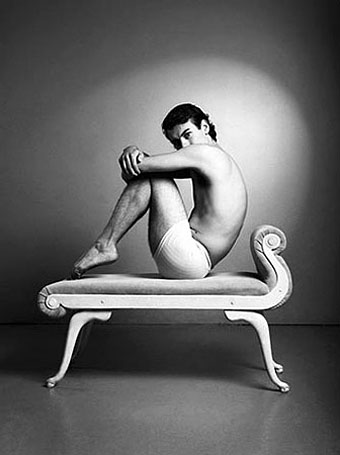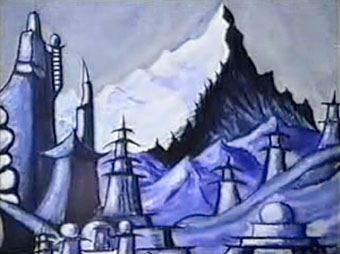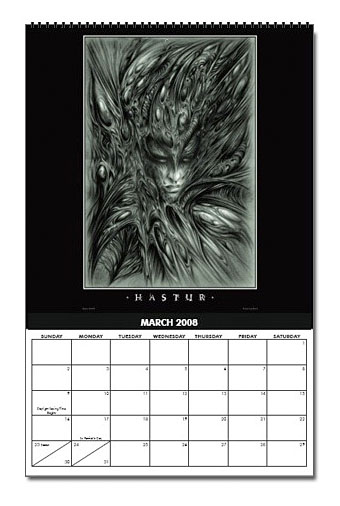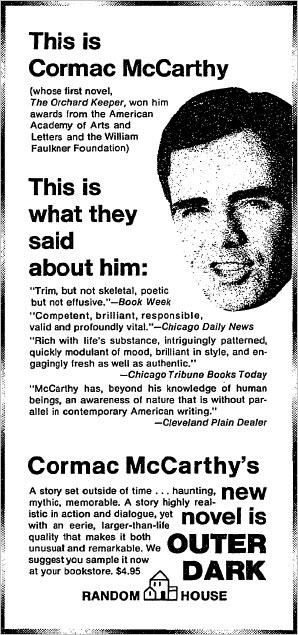The Flandrin pose returns in a photograph for the Adonis series by Brent Dundore. Flandrin was striving for a Classical simplicity in his original painting and the quasi-Classical seat in this picture seems to be doing the same. This might easily become a line drawing like those produced by John Flaxman, a contemporary of Flandrin’s whose work was inspired by Classical sources.
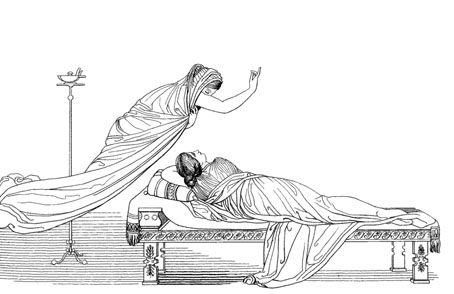
“Athena in the form of Penelope’s sister tells the queen of the return of her son Telemachus” from illustrations for The Odyssey by John Flaxman (1810).
Elsewhere on { feuilleton }
• The recurrent pose archive

